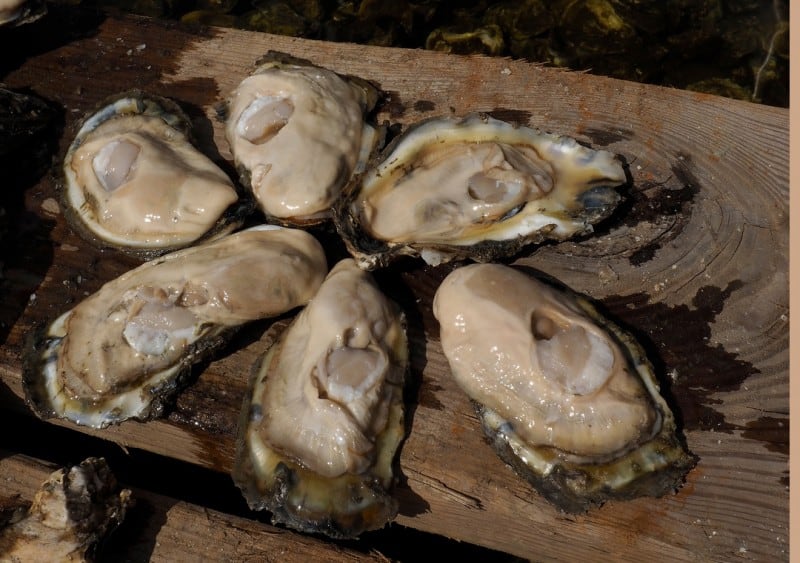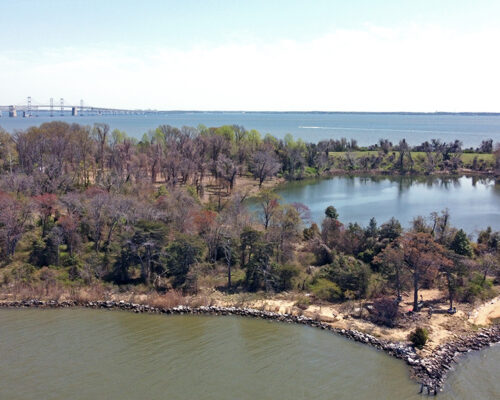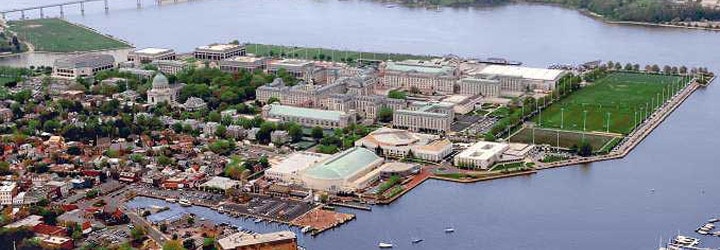By Timothy B. Wheeler, Bay Journal News Service
Dave Harp
As climate change warms the Chesapeake Bay, people face heightened risks of getting ill from eating raw oysters out of the estuary or from swimming in its waters over the next several decades, a new study warns.
Drawing on climate models and extensive Bay monitoring data, a research team led by scientists with the National Oceanic and Atmospheric Administration projects that two of three harmful strains of Vibrio bacteria already found in the Chesapeake can be expected to grow in abundance as temperatures rise. The study appears in the current issue of GeoHealth, the American Geophysical Union’s journal.
“Given how severe Vibrio infections can be, the potential for climate change to increase disease risk should be taken seriously, and we need to better understand the mechanisms,” said the study’s lead author, Barbara Muhling. Formerly with NOAA’s Geophysical Fluid Dynamics Laboratory at Princeton University, she’s now at the Cooperative Institute for Marine Ecosystems and Climate in California.
Nationwide, the U.S. Centers for Disease Control and Prevention estimate there are about 80,000 cases of Vibrio-related illness annually. The most common cases are from Vibrio parahaemolyticus, which can make people sick if they eat contaminated seafood, often raw or undercooked oysters. Studies have estimated those cases cost $40 million a year in missed work, medical expenses and other losses. Another major type, Vibrio cholerae, can cause gastroenteritis and even death; often linked with poor sanitation, it is more of a problem in the developing world than in the United States.
Much rarer, but deadly, is Vibrio vulnificus, often dubbed the “flesh-eating bacteria” which causes serious illness when contaminated water gets in a skin cut or wound. The CDC reported 124 cases nationwide in 2014, with the vast majority requiring hospitalization and one in five resulting in death. The Salisbury Daily Times reported that an Ocean City MD man died from it last year.
Vibrio occur naturally in the brackish waters of the Bay, and illnesses tied to the bacteria tend to occur during the hottest part of the year. There were 35 confirmed Vibrio cases of all types in Maryland and 40 in Virginia in 2015, the most recent year for which data are available. But many cases — especially the milder ones, with symptoms resembling a severe stomach upset — go unreported.
Previous studies have found Vibrio cases increase as water warms, and studies based on global climate modeling have predicted that the water-borne diseases could worsen and spread to new areas. The NOAA-funded research team decided to see if it could “downscale” those global models to assess how conditions might change in a specific place — the Chesapeake — and how that would affect the prevalence of the three major types of the bacteria.
Charles Stock, a NOAA research oceanographer and co-author, says the study team was able to do that by tapping into the “treasure trove,” as he called it, of data gathered by Bay scientists and government agencies over the last 50 years as they strove to understand the Chesapeake’s decline and guide its restoration.
By running Bay data through models that predict varying levels of warming, researchers found that the probability of encountering V. vulnificus in the water “increased markedly across the Bay during the peak summer season, and the overall area of high probability expanded.” The study projected the highest risks in the Patuxent River, and the lowest in the Lower Bay.
V. parahaemolyticus, the bacterium associated with contaminated seafood, already occurs pretty much Baywide, but the study predicted concentrations of the bacterium could increase by 1.5 to 3 times. The abundance of cholera bacteria, meanwhile, was little changed in the modeling and remained limited to the low-salinity waters of the Upper Bay and its rivers, with increases most notable in the James and Potomac, although some decreases are possible in the Rappahannock and York under drier future scenarios.
Federal and state authorities already have imposed strict rules on oyster growers, wild shellfish harvesters and processors aimed at preventing contaminated seafood from reaching consumers. They specify when catches or harvest must be refrigerated, generally during warmer months, and how quickly they must be delivered to dealers to minimize the growth of bacteria. But if Vibrio concentrations increase as projected, the researchers suggest, “then current restrictions will likely have to be adjusted, to avoid unacceptably contaminated product and increased rates of illness.”
The trends reported in the GeoHealth paper would take place by the end of the century. But temperature and salinity vary daily and seasonally, so the NOAA researchers said they’re working to refine their forecasting tools to better give the seafood industry warnings of upcoming changes in conditions in time to adjust their practices and prevent outbreaks of illness.
“Trying to get a jump (of) one to four months’ time is pretty cutting edge,” Muhling noted. “It’s beyond the range of your average weather forecast.”
Stock said the effort has a way to go, but has shown some promising results already.
“We hope to develop it into an early warning system for Vibrio threats,” he said.




